From BlackWhite magazine - issue 01, timber feature
We dig into the renewed love for timber cladding.
With such a sharp rise in the popularity of timber cladding both for interior and exterior uses, it can almost be difficult to remember that wooden walls only really came back into vogue within the last decade. For the two to three decades prior, it was seen as something old fashioned that harkened back to the late 70s and early 80s, or too rustic and casual for use anywhere but the bach. But like with many other materials, it’s what we do with it – and how we keep it looking fresh – that matters most.
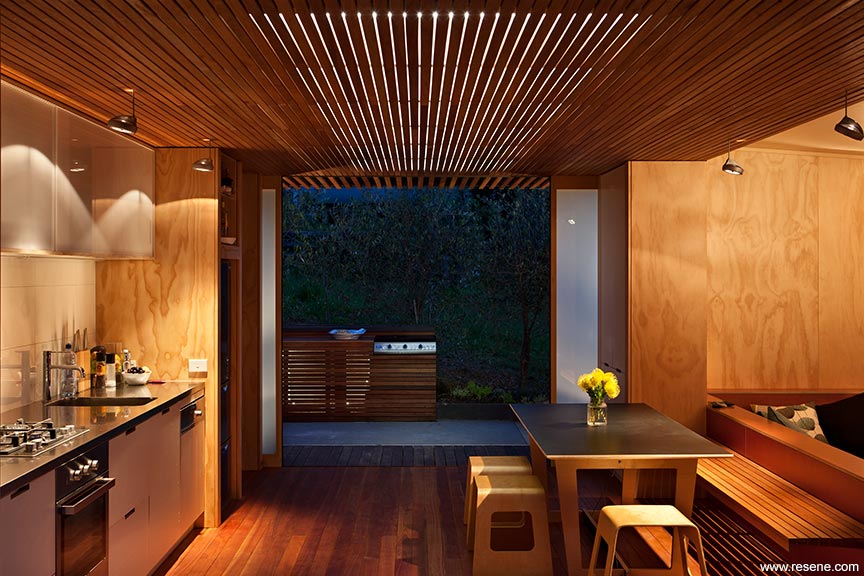
The plywood walls and ceilings of this bach in Onemana, Coromandel are sealed in Resene Aquaclear Satin. Design and build by Strachan Group Architects (SGA), with Studio 19 students and John Cocks, image by Simon Devit.
“While I think trends do play into the rise in demand, I think designers have always loved using natural timber,” says Jonathan Walker of Jonathan Walker Architects (JWA). But as for what clients want, it’s often said that building and design trends are cyclical and that everything ‘comes back around’.
In reality though, not every trend experiences a resurgence, and we’re more likely to cherry pick things that were extremely successful and then refine them. We’re apt to try and do things better than we’ve done them before as we learn more and technology progresses.
And even if something has gone out of fashion, if it’s beautifully made with honest, long-lasting materials, it becomes timeless. That’s certainly been the realisation with another repopularised trend: mid-century modern furniture – especially original pieces made from solid teak, walnut and birch. If these items have been properly cared for, they can look just as good as the day they were made and will keep looking good for generations.
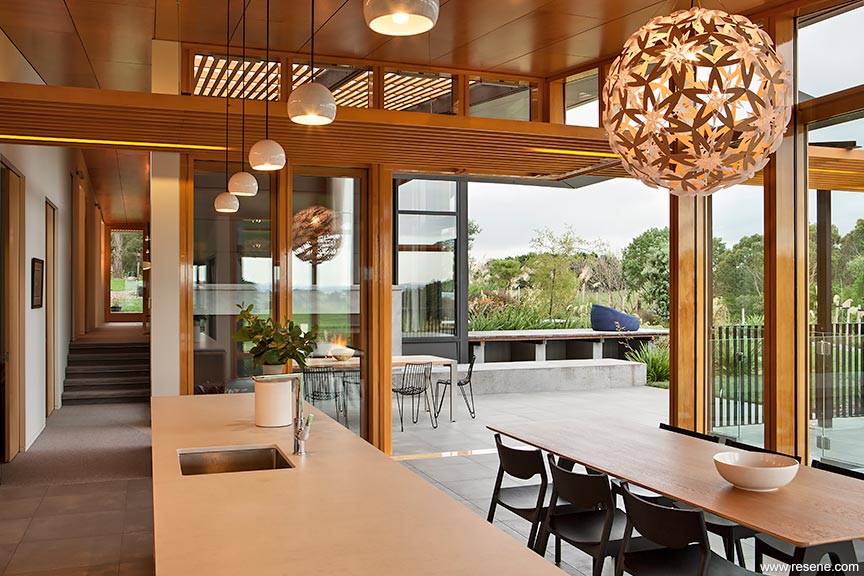
In this Karaka home, walls in Resene Half Black White are complemented with a plywood ceiling finished in Resene Aquaclear Satin. Designed by SGA, build by Van der Putten Construction, image by Simon Devitt.
Timber, of course, has been used as a building material for as long as humans have been building things. But there is some strong reasoning behind why we’ve started letting it show its true beauty once again.
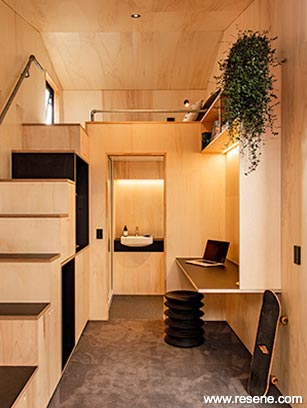
“I think the reason why we like to finish timber in Resene wood stains where we’re able to see the grain show through is because it helps bring that sense of nature and natural textures to the project – and people respond really well to that,” says Jonathan. “Philosophically speaking, people are drawn to irregularity, or things that remind them of the irregularity of nature. Similarly to having plants or a stream nearby, using timber creates that connection to nature.”
There has been plenty of research into that effect. Being in nature, or even viewing scenes of nature, is said to reduce anger, fear and stress and increase overall pleasant feelings. And while it has been shown that not only does exposure to nature improve your emotional wellbeing, it may actually contribute to your physiological wellbeing as well by reducing blood pressure, heart rate, muscle tension and the production of stress hormones. Research done in hospitals, offices and schools has found that even a simple plant in a room can have a significant impact on stress and anxiety levels. So, it makes sense that using timber indoors in a manner that visually ‘reads’ as a natural material may help evoke some of those good vibes.
With global carbon emissions continuing to rise, many designers are looking for ways to do their part in reducing the carbon footprint of their projects by making earth-conscious choices right from the ground up where they’re able. Use-appropriate, high-quality, honest materials like natural timber are an easy choice over cheaper lookalikes that have tremendously short lifespans and will need to be ripped out and replaced faster.
“The appetite for making more conscious, eco-friendly material choices is getting better and better, but not for every project,” says Pat de Pont of Strachan Group Architects (SGA). “When it comes to multi-unit housing, it’s understandable that pricing for those projects is really critical, and those costs are going to win out over the environmental costs. But at the same time, there seems to be some developers who will make certain choices just because it’s what they’ve always done,” says Pat. “We may be able to change their minds over time, but the first step is gaining their trust and getting the conversation going, and then we have a chance to manipulate the outcomes a bit more later.”
“Ethically harvested timber is the most sustainable building product in the world because it’s renewable, carbon sequestering and all those kinds of good things that go along with it.” But, Pat warns, that ultimately comes down to what you do to protect and maintain it.
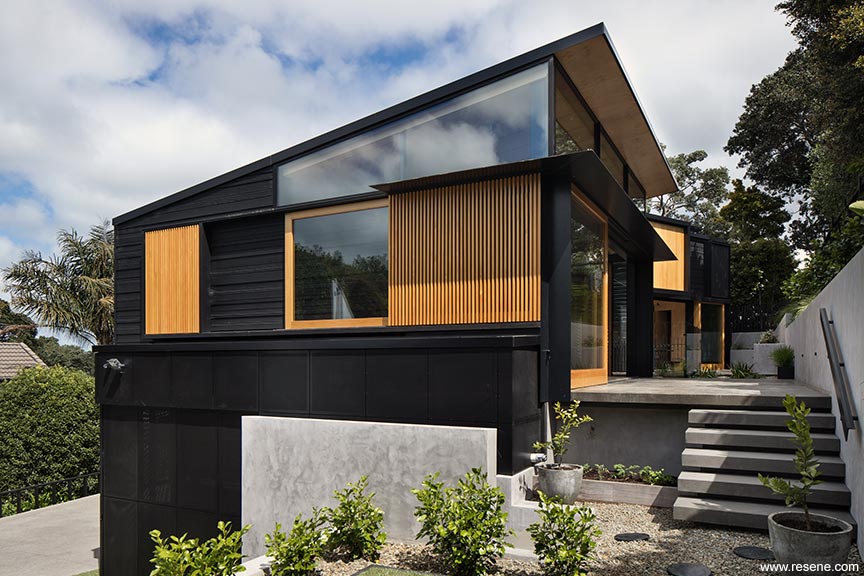
Resene Woodsman in Hackett Black on this home’s cedar weatherboards makes for a dramatic look – especially when trimmed with high contrast cedar. Designed by SGA, build by Bonham Builders and Management, image by Simon Devit
Exterior: Resene Waterborne Woodsman or Resene Woodsman wood oil stain for timber weatherboards, fences and general vertical landscaping, Resene Woodsman Decking Oil Stain or Resene Woodsman for decking.
Interior: Resene Colorwood to add colour, Resene Aquaclear for walls and Resene Qristal Clear Floor for flooring. For an interior matt natural look, Resene Aquaclear Natural for ceilings and walls. For a super durable finish, Resene Polythane.
For a whitewashed look: Resene Woodsman Whitewash for exterior, Resene Colorwood Whitewash for interior.
For a greywashed look: Resene Woodsman Greywash for exterior, Resene Colorwood Greywash for interior.
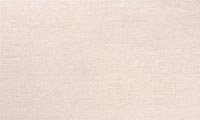
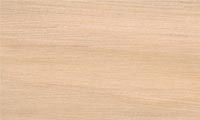
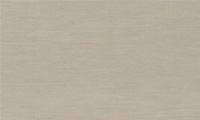
Pat makes a great case for another reason to use timber cladding inside and out: building movement. “If you line a stick building with plasterboard, fibre cement or pretty much anything other than timber, you’ll have a timber structure – which is a living, moving material – topped with something that’s inert and refuses to move.
“But if you’re layering timber on timber, then you won’t have any of those compatibility issues. They’ll both move together.”
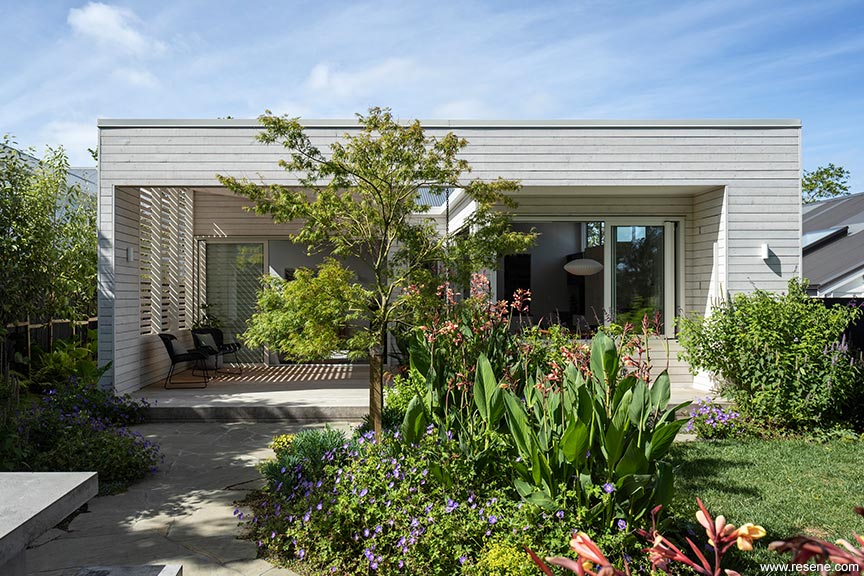
For a natural, weathered look, this home by SGA features cladding in Resene Woodsman Whitewash complemented by Resene Siam. Painting by TD Nguyen Painting, images by Simon Devitt.
Choosing the right timber finish for the timber chosen, where it is used and the client’s maintenance expectations is key.
“Timber does come with certain demands, especially when it’s used externally, because it does need to be accessed for the ongoing maintenance that’s required to retain the colour and protection,” comments Jonathan, “but I think as more people use it, and then people see it and like it, I think they’re willing to take on that extra effort to look after it. I think that’s generally why people are always drawn back to it beyond seeing an increase in use is that they just have a natural inclination towards it.”
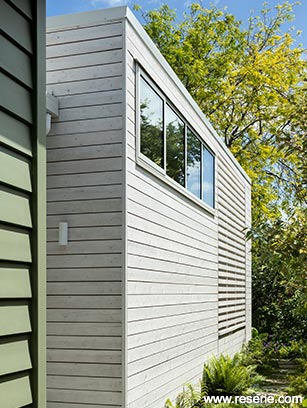
But part of making sure that clients will be able to maintain their timber clad projects is making sure that it’s used in accessible locations.
“One thing we’ve become very aware of is that you need to inform the client very clearly about the ongoing maintenance,” Jonathan stresses. “Recently, we worked on an upmarket house where they wanted timber, but we only used it at the lower levels where it’s accessible to do that. If the client doesn’t mind paying someone to stain their building up at a high level – which might require scaffolding and need to be managed from a Health and Safety point of view, which can further add to the cost – then that’s fine, but they should be aware of what needs to happen. In some places, it can get battered by the weather, so people need to know what’s involved in keeping it looking good.”
Jonathan thinks that getting timber pre-coated before it goes on site is really important, too. "The last coat will still have to go on when it's on site, but to have it organised so that the first one or two coats are on first will reduce the amount of onsite time and labour. It also means you can get all the end grains done correctly, you can get that better quality control by starting in a closed, factory setting, and you're not going to get any variation coming from weathering while you wait to get that final coat up – so I wouldn't really do it any other way."
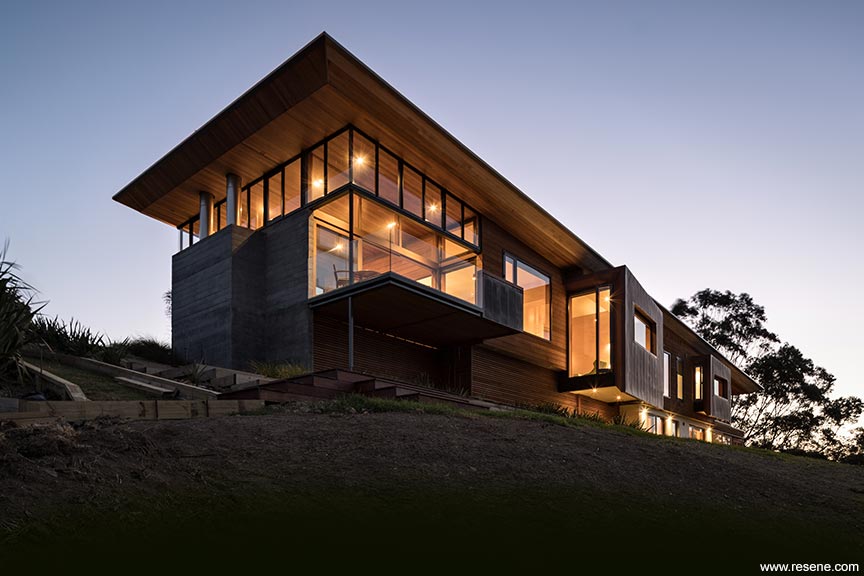
The exterior cedar cladding, sarking and battens of this Oneroa Bay home are in Wood-X High Country, available from Resene ColorShops. Design by SGA, build by Dawson Construction, image by Simon Devitt.
The texture of the timber you choose will also play into how it's going to look long term, adds Jonathan. "A rough-hewn or band sawn timber looks really good, but it's more expensive and comes with some of its own issues. Surprisingly, dressed timber actually soaks up stain better than band sawn timber does – so you're going to be able to protect it better. Band sawn timber is also prone to more mould and moss growing on it than dressed timber."
You do have to be careful with how and where you use dark colours, he cautions, especially on northern, western and, to a lesser extent, eastern elevations. “It can be done, but you have to be aware that it’s going to get more sun, so it means more frequent maintenance.” When you do choose darker colours, it’s a smart idea to opt for a Resene CoolColour formula, as its special technology will reflect more of the sun’s rays and help reduce heat related damage.
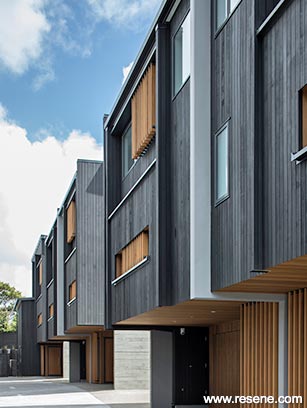
Another important tip is that, even when you’re looking for a truly natural, unfinished look, you shouldn’t use clear finishes on exterior timber as they don’t offer sufficient UV protection. Instead, stain the wood first in a colour that’s similar to the wood’s natural tone. For example, if your timber is light in colour, use Resene Waterborne Woodsman Natural to protect it while still keeping true to the original timber look.
“In our work,” says Jonathan, “we prefer using Resene’s penetrating wood stains because they don’t sit on the top surface of the timber; they soak in so that you get a really nice matte look rather than having the timber look glossy. Resene has a great range of products and they’re really well suited to New Zealand and Australia’s palette and colours – all nature inspired colours, the greys and the blacks as well. We often use Resene Woodsman Pitch Black with Resene Woodsman Natural on cedar, and those really work together well. Resene Woodsman Pitch Black really is quite stunning on a big, tall building in contrast when paired with the white-ish grey of concrete, and by using Resene Woodsman Natural alongside it to highlight more of the cedar’s orangey colour, you get the nice look where the colours are sort of blocked in.”
“Resene’s timber finishes are great, and we especially like the waterborne urethanes like Resene Aquaclear, which we use a lot of. It’s so resilient,” says Pat. “Resene is our standard go-to for paint, polyurethane or urethane finishes. We appreciate that it’s a local product and that the company is supportive and uses good technology. So, why would we go anywhere else?”
Favourite Resene exterior wood stain colours to choose:
Timber stains and clears don’t have light reflectance values (LRV) like paints do. Light travelling through these finishes gets absorbed and/or is reflected by the underlying timber. A stain applied over a light timber like pine will have a higher light reflectance than the same stain applied over a darker timber like cedar. If you need an approx. LRV for a wood stain finish, apply the colour onto a representative sample of the timber and then compare this to the closest pigmented paint finish to estimate the approx. LRV of that colour.
The natural wood colour affects the way stains and clears look. The same stain or clear finish can look very different depending on the timber you apply it to. Always make sure a sample panel is completed first using the planned application technique to make sure it achieves the desired look. Remember porous timbers and multiple coats of stain will give a darker colour result. For interior finishes, the longer the stain is left on before wiping, the more it will be absorbed and the darker the finish will be.
Avoid film forming semi-transparent stains on exterior timber – eventually the timber surface will break down with the UV light and weathering and the film forming finish will peel or flake off. Choose non-film forming exterior stains that will slowly erode and will be easily restained later.
When choosing mineral wood oils, ensure the building owner is committed to this finish type for the long term. Once mineral wood oils are chosen they need to be recoated in the same finish. Though the timber surface can appear dry and weathered it may contain oil inside the fibres below the timber surface. Subsequent painting with a pigmented paint system or staining with a wood stain may at first appear to be successful, however, if the oil migrates to the surface due to sun, temperature or another cause, then this may lift the applied coating or appear as darker or shiny areas.
Existing stains will show through new stained finishes. Prep existing timber with Resene Timber and Deck Wash first before applying new stain.
Remember to specify and use a stain for decking areas, such as Resene Woodsman Decking Oil Stain or Resene Woodsman. This will help protect the deck and minimise the risks of splinters as it ages
This is a magazine created for the industry, by the industry and with the industry – and a publication like this is only possible because of New Zealand and Australia's remarkably talented and loyal Resene specifiers and users.
If you have a project finished in Resene paints, wood stains or coatings, whether it is strikingly colourful, beautifully tonal, a haven of natural stained and clear finishes, wonderfully unique or anything in between, we'd love to see it and have the opportunity to showcase it. Submit your projects online or email editor@blackwhitemag.com. You're welcome to share as many projects as you would like, whenever it suits. We look forward to seeing what you've been busy creating.
Earn CPD reading this magazine – If you're a specifier, earn ADNZ or NZRAB CPD points by reading BlackWhite magazine. Once you've read an issue request your CPD points via the CPD portal for ADNZ (for NZ architectural designers) or NZRAB (for NZ architects).